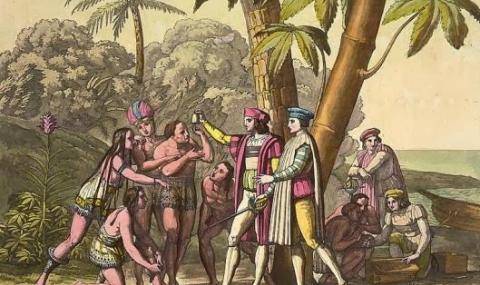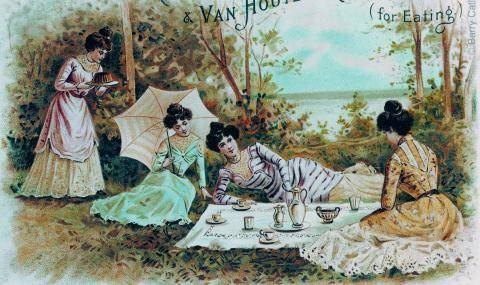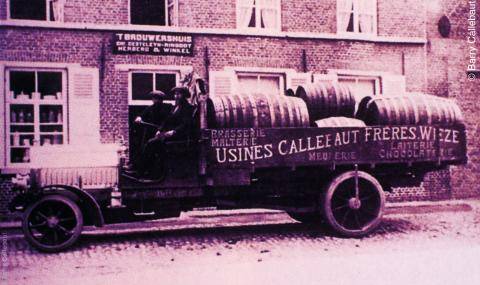History of chocolate
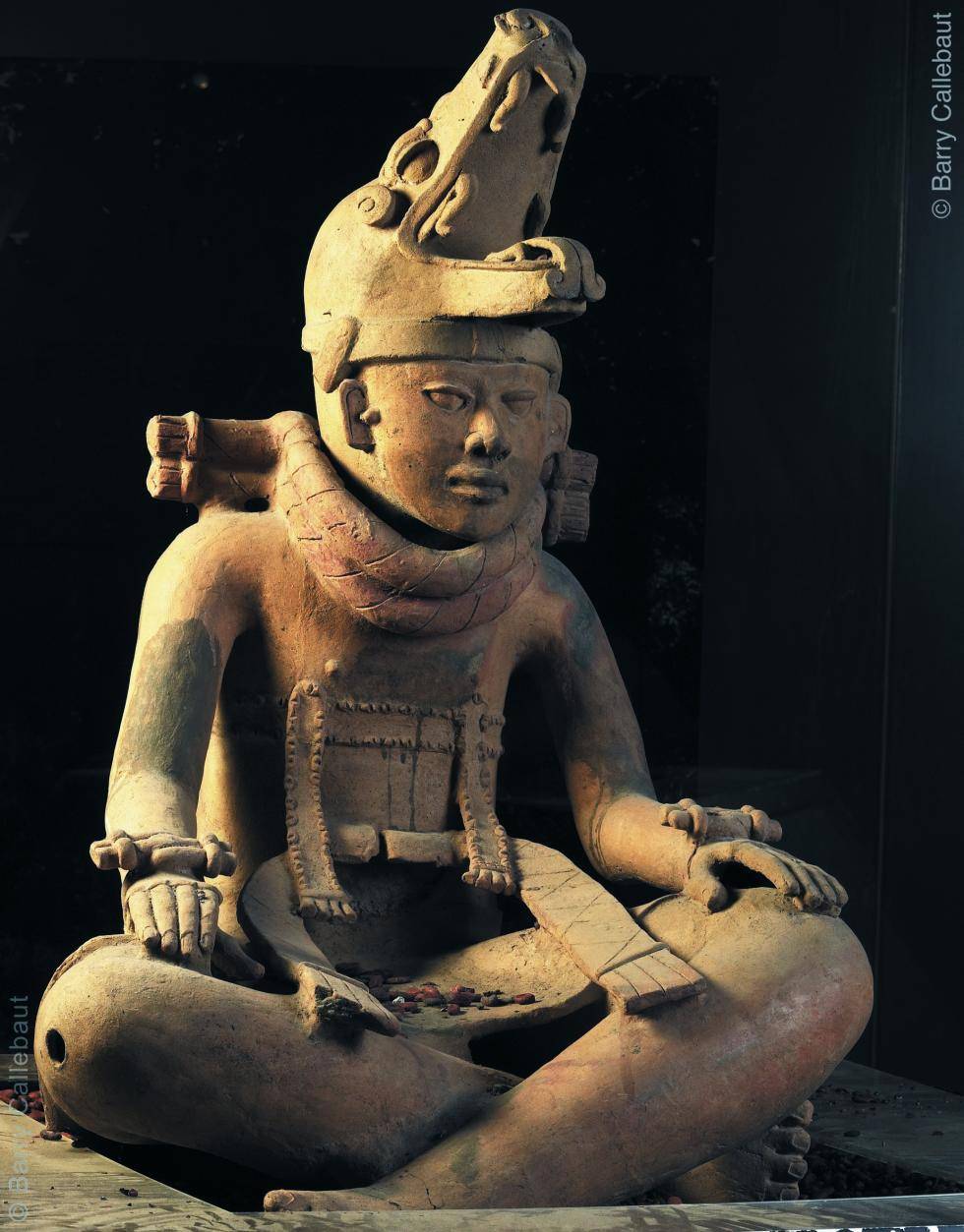
History of chocolate
Cocoa and Chocolate… quite a history
Already 4,000 years ago, the inhabitants of a small village in the Ulúa valley in Honduras used drinking cups and plates exclusively for the consumption of Xocoatl, the original chocolate drink. Scientists now consider this small village as the true birthplace of chocolate.
Between 250 and 900 AD, cocoa became a major part of the Mayan culture and religion. It also played an essential role as currency. “Cacau” originally meant “carrying over from those who walk, work or cultivate,” which should be interpreted as exchanging or paying.
After the Mayans, the Toltecs and later, around 1300, the Aztecs established their communities in Mexico. The Aztecs adopted a lot of the Toltec cultural and religious practices, such as worshipping the feathered god of cocoa Quetzalcoatl.
According to the legends, Quetzalcoatl received cocoa as a gift from the gods. He and his people lived in great wealth in a paradise called Tula. But jealous intruders poisoned
Quetzalcoatl who went insane and disappeared on a raft in the open sea. The Aztecs always believed that Quetzalcoatl, their king and the god of cocoa, would once again return to Mexico.
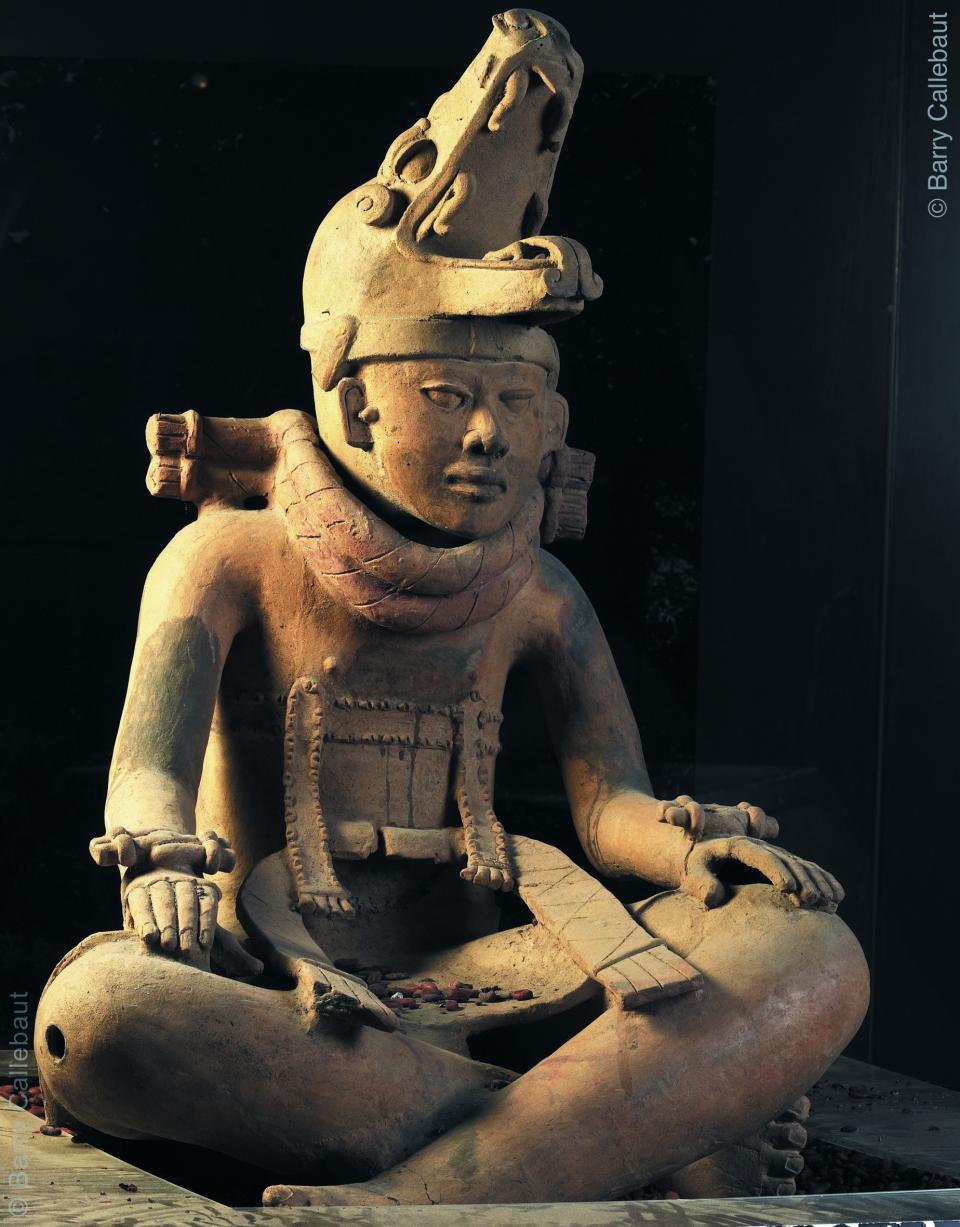
1500 - 1600
1502
Columbus discovers the New World on his fourth journey. He lands on the island of Guanaja, close to Honduras, and is offered cocoa by the locals.
1519
Hernando Cortés first sets foot ashore in Mexico. The Aztecs mistake him for the returned Quetzalcoatl and offer him cocoa. Cortés, who had hoped to find gold, soon learns that cocoa has an equal value. He sets up the first cocoa plantations and discovers a red, bitter and spicy drink prepared with cocoa: Xocoatl.
The Aztecs prepared and consumed chocolate mainly when they worshipped their gods or during tribal ceremonies. The colonials were soon convinced of the great nutritional value and the medicinal powers of cocoa, cocoa butter and the chocolate drink.
1528
Hernando Cortés imports the first cocoa beans into Spain. The exotic cocoa drink is found to be intriguing and, at the same time, worrying: “After having drunk it, you can travel a whole day without getting tired. How can we be sure it’s not a magical potion?” the Spanish wonder. They keep the recipe secret for about 80 years.
1590
Spanish monks introduce a recipe for the first sweet chocolate drink. Honey, vanilla and sometimes cane sugar are added to make the chocolate drink more suited to the Spanish taste. It sets the basis for the chocolate recipes of today and will soon conquer the world.
1600 -1900
1606
Traders, explorers and travelers introduce cocoa to Italy, France, the Netherlands, Germany and eventually Switzerland…It soon envelops royal courts, the aristocracy and nobility who love this novelty.
1659
France has its first true chocolatier. David Chaillou prepares and sells cookies and cakes made with chocolate. Chocolate remains an exclusive privilege.
1660
Chocolate remains the subject of much discussion for the church, which regards it as sinful and decadent. Noble ladies consume their chocolate drink in church to sit out the long services. Finally, the church has to allow chocolate, to please its devoted and wealthy followers.
1671
The duke of Plessis-Praslin and his chef Lassagne create the first “praline,” an almond coated with caramel. However, it will be a long time before the true, chocolate-covered praline is invented.
1728
The Fry family sets up the first chocolate factory in the UK, using hydraulic machinery and equipment to process and grind the cocoa beans.
1737
The cocoa tree gets an official Latin botanical name from Linnaeus: Theobroma Cacao, referring to its mythical background. It literally means “cocoa, food of the gods.” The Spanish monopoly of cocoa soon becomes untenable. Italy, the Netherlands and Portugal startup plantations and also import cocoa from Venezuela.
1765
The U.S. gets to know chocolate, thanks to John Hannon, an English state commissioner, and Dr. James Baker who introduce it there and build the first chocolate factory in Massachusetts.
1828
The Dutchman Coenraad Van Houten invents the revolutionary cocoa press which will have a major impact on cocoa and chocolate production. His cocoa press makes it possible to separate cocoa solids from cocoa butter. The resulting defatted cocoa powder is much easier to dissolve in water or other liquids.
1839
The German baker Stollwerck starts a business that will grow into one of Germany’s major companies, producing a variety of chocolate products and brands.
1848
By adding cocoa butter and sugar to cocoa liquor, the first real “eating chocolate” is created: a historic step! Who exactly invented it, is still argued. Until now, chocolate was mainly known as pressed blocks of a grainy mass that were dissolved in water or milk and mixed to form a foamy chocolate drink.
1867
The Swiss Henri Nestlé finds a way to evaporate the liquid from milk and creates milk powder.
1875
The Swiss Daniel Peter gets the idea of adding milk powder to chocolate and creates the first milk chocolate.
1879
The Swiss Rudolphe Lindt invents the conching machine, which can knead chocolate for hours, resulting in a fine tasting, creamy and rich chocolate with no off-taste.
1890
Many European countries legally protect chocolate because it becomes the subject of a wide-scale fraud. At the same time, many governments develop a growing sense of responsibility for the safety of foodstuffs.
1900 - 1950
1900
The prices of the two main ingredients for chocolate – cocoa and sugar – drop tremendously. In the space of ten years, cocoa and chocolate become affordable for a growing number of middle-class consumers.
1910
Cocoa production shifts from Central and Latin America to Africa and Asia. The big plantations set up by traders in the 18th and 19th century are replaced by small, independent local farms.
The real industrialization of chocolate production takes place all over Europe and the U.S. Countries like Belgium seem to be at the cutting edge of innovation, with fast production technology and new marketing techniques.
The big names in the chocolate world are established, brands such as Callebaut® and Cacao Barry® which produce chocolate for bakers, chocolatiers and pastry chefs. At the same time, the world’s most renowned chocolatiers startup their businesses, such as Neuhaus and Godiva in Belgium, La Maison du Chocolat and Fauchon in France, Lindt, Suchard and Sprüngli in Switzerland.
1912
Belgium: Jean Neuhaus, founder of the famous Neuhaus brand, invents a chocolate shell that he fills with cream, nut pastes, etc. In short, he invents the praline.
1930
The family firm of Callebaut invents a way to produce couverture (chocolate with a high cocoa butter/milk fat content, mainly for professional use) and to store and transport it in its liquid form. This makes it possible to supply the food industry with chocolate faster and more cost-effectively.
1940
Thanks to new raw materials and efficient production equipment, chocolate is sold to the consumer at affordable prices. It even becomes the least expensive foodstuff per kilocalorie.
1950
The post-war period sees a really massive growth in the chocolate market. Chocolate consumption becomes part of our daily dietary habits through new product developments.
